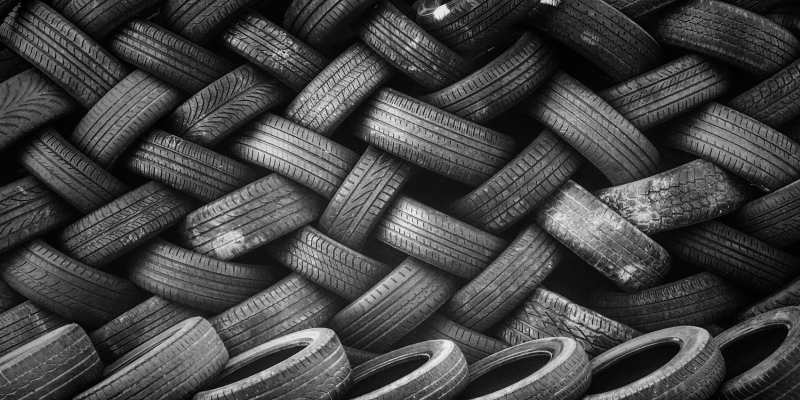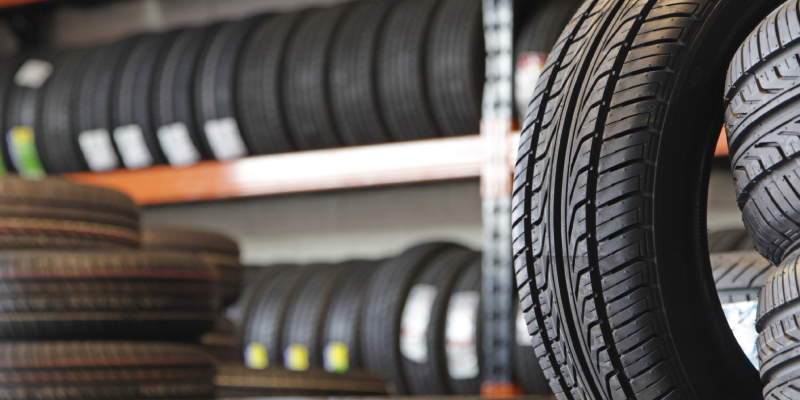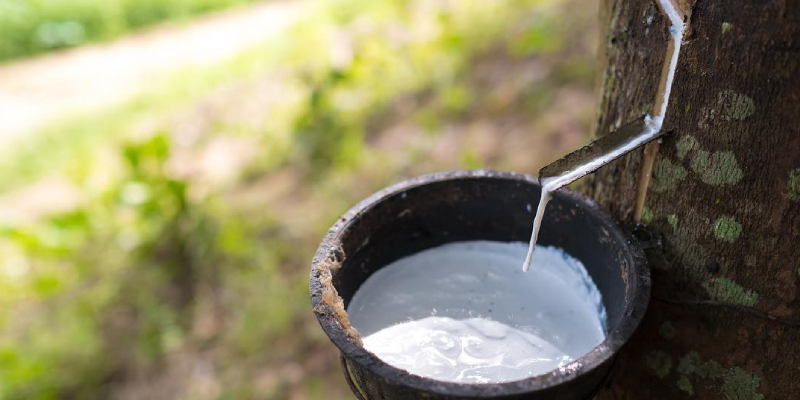An In-depth Look At The Current Trends In The Rubber Industry
Groomet and Gasket
January 8, 2017
Nuclear, Biological and Chemical resistant Hand Gloves
February 15, 2017 Rubber has become an extensively used substance, and its demand can be seen in various industries including automobile, consumer products, health and fitness, beauty, construction and many more. This global rise in requirements has resulted in the growth for the demand for synthetic rubber. The market is higher in the Asia-Pacific region and is driven by market forces, opportunities and key issues in the market. The market has been segmented according to various geographic regions.
Rubber has become an extensively used substance, and its demand can be seen in various industries including automobile, consumer products, health and fitness, beauty, construction and many more. This global rise in requirements has resulted in the growth for the demand for synthetic rubber. The market is higher in the Asia-Pacific region and is driven by market forces, opportunities and key issues in the market. The market has been segmented according to various geographic regions.
What is Trending?
2016 saw mixed trends in the rubber market worldwide, but the expectations are high for 2017. Its demand and supply is expected to be back on track in 2017 along with improvement in the crude oil market and commodity prices. The last quarter in 2016 saw the resurgence in the prices of rubber. This was mainly attributed to several factors.
Demonetization in India
The rubber market in India was badly hit by the demonetization drive initiated by the Indian government. As a result, the farmers did not have cash as before, that reflected poorly in the harvest. Besides, the traders because of their cash crunch were reluctant to buy from the farmers. As a result the prices in the Indian rubber market surged.
Post election development in US
The elections in the US and the consequent improvement in the commodity market bolstered the demand for rubber as well. Besides the expectations of a faster global recovery, helped to raise the prices of rubber further.
Anticipated supply shortfall
The difference between the demand and supply graph of rubber between 2014 and 2016 added to the price rise. The worldwide supply for rubber grew by 0.2% whereas the demand grew by 3.5%.
Depreciation of the Japanese and Chinese currencies
Both China’s Yuan and Japanese Yen have depreciated with regards to the US dollar. The depreciated Yuan and Yen made rubber appear as an attractive commodity to the overseas investors.
Speculations for 2017
Supply will surge ahead: In 2017, the supply for rubber is expected to race ahead the demand. This is owing to the fact that massively scaled rubber plantations were undertaken by countries seven years ago when the prices were favorable. The rubber plants are fit to be tapped when they turn seven and therefore, all those plantations are expected to yield mammoth amount of rubber from 2017 onwards, leading to a complete turnaround in the supply patterns seen in the last few years.
The global economy is expected to improve and so will the demand for rubber, especially from the US, the European countries and South East Asian countries. The price of crude oils is expected to increase, that will in turn increase the demand for rubber. It is also anticipated that overall demand for rubber worldwide shall increase due to increase in consumption.
These are of course the anticipated factors. The demand and supply and the resultant prices of rubber can still be higher or lower than anticipated, owing to certain fundamental and non fundamental factors.
Rubber manufacturers and dealers can expect major changes in the near future. The expected rise in the demand for rubber has prompted the need to adopt newer technology, especially to deal with areas like sales and inventory. One of the current trends seen across the rubber sector has been the implementation of better inventory management software, as well as better computer network systems. In this regard, companies like Wondersoft, Hitachi, NCR Silver, Only POS, etc. has come to the foreground with some highly innovative and useful technology. More information about this can be found in the recent articles published on sites like www.polymer-search.co.
Read Also : Groomet and Gasket




5 Comments
Our rubber manufacturing unit faced the above challenges mentioned in the above post. It does not suggest any plans to overcome the challenges
Our rubber industry struggled a lot as there was a decrease in the supply of rubber
The demand for rubber will increase in the future
The rubber manufacturing industry should practice latest technology to thrive in their business
I am really surprised to know that several external and political factors decide the price of the rubber